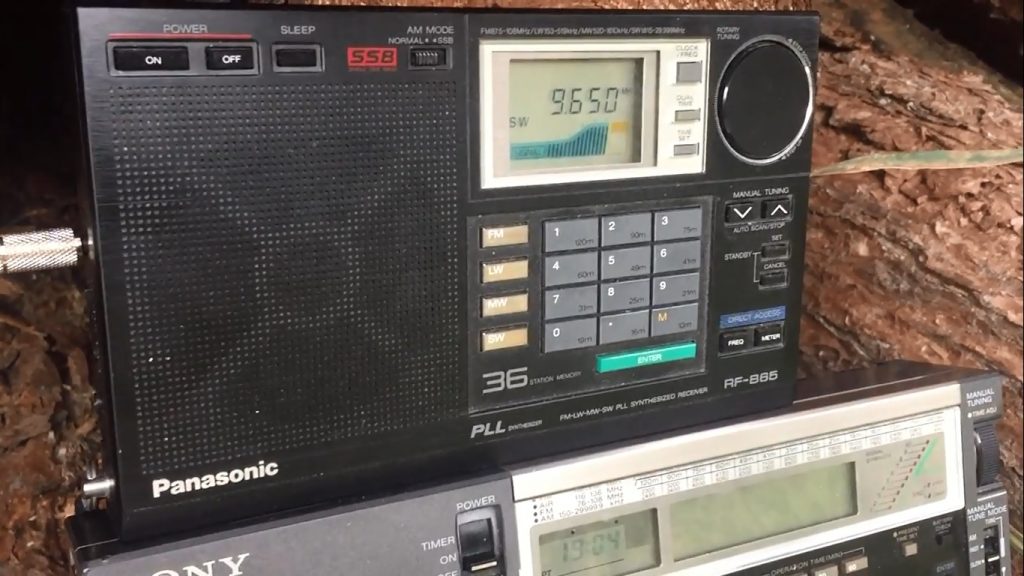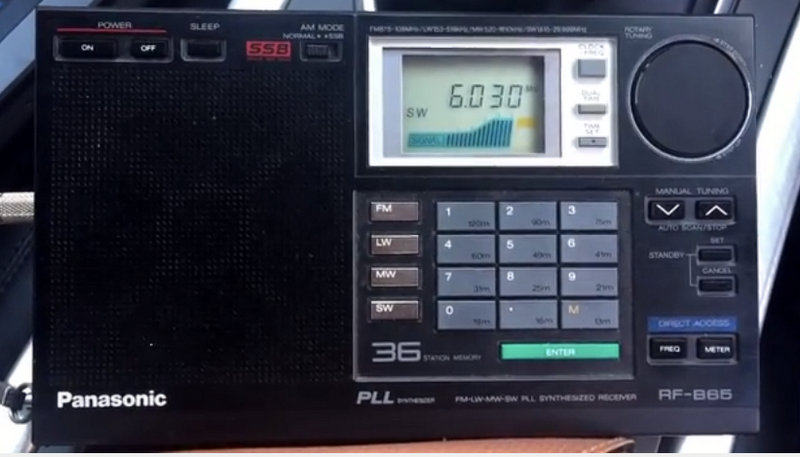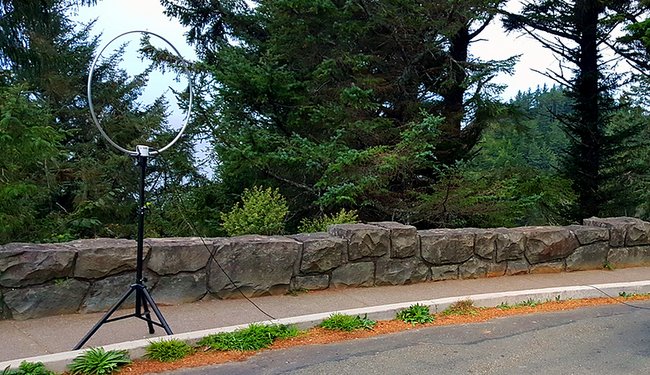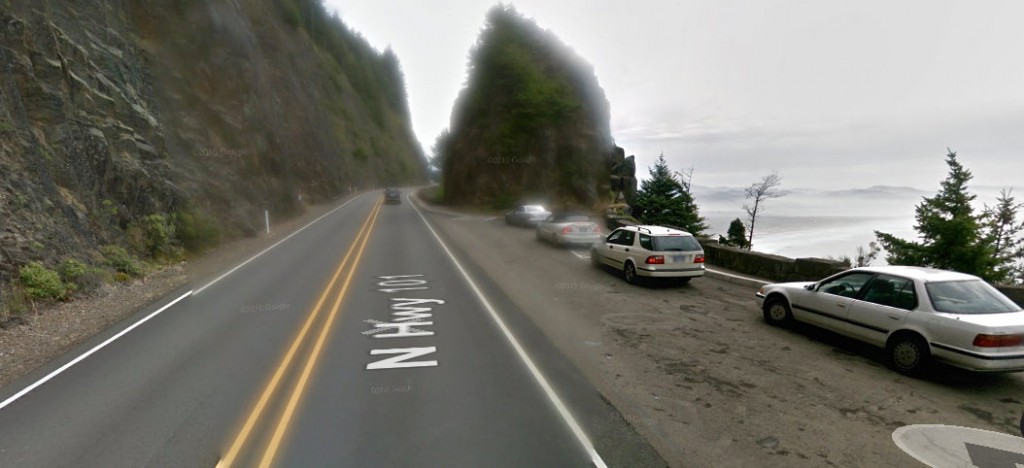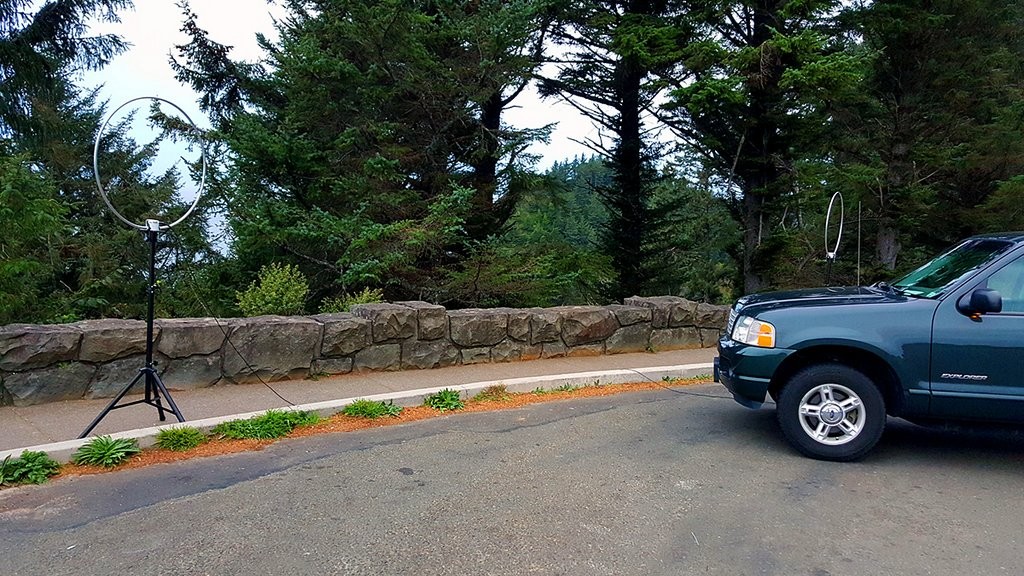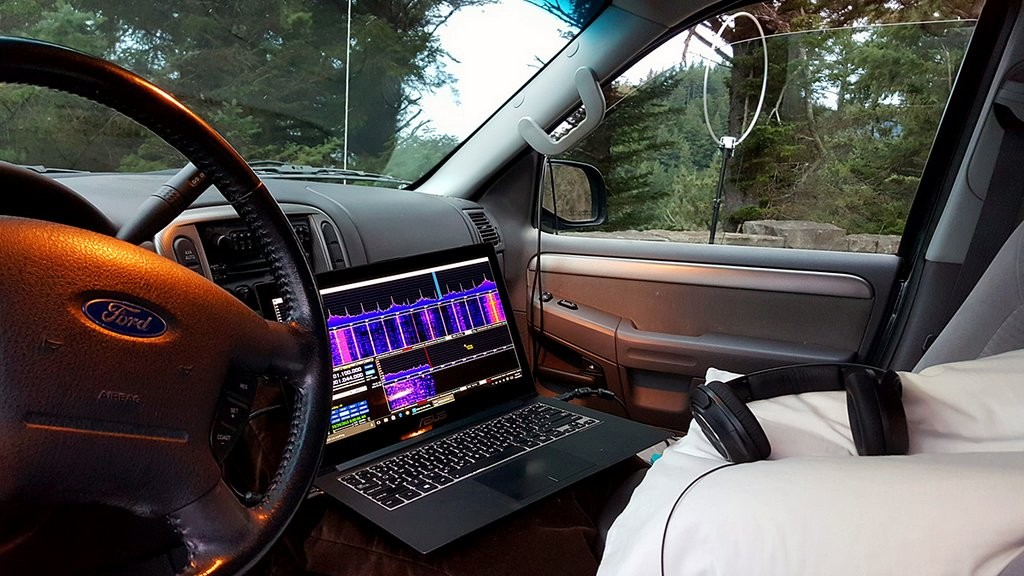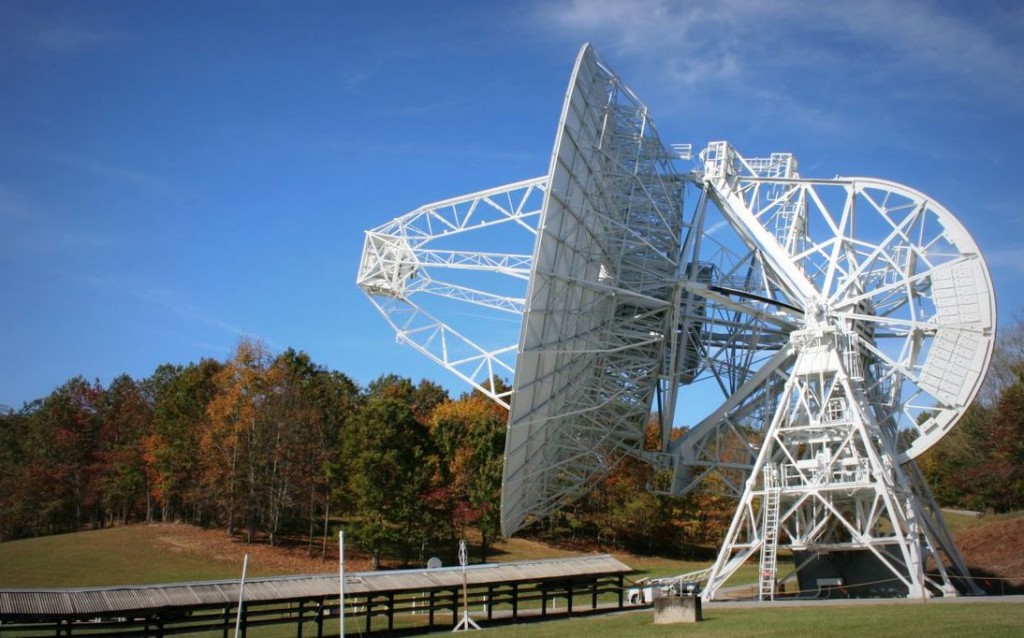Hi there, I’ve owned my Sony ICF-SW100S for about a year now and in that time it has demonstrated a level of performance way beyond my expectations. Notwithstanding it’s incredibly small size (about the same as a packet of cigarettes, give-or-take), the DX results I have obtained with it are simply incredible. A fully featured ultra-portable receiver, complete with synchronous detection, selectable side bands, SSB, CW and coupled with sensitivity that has my (wonderful) Sony ICF-SW55 beat – and knocks on the door of the legendary ICF2001D. I simply can’t recommend it highly enough. Plug in some headphones or connect an external speaker such as the Bose SoundLink Mini 2 and you effectively have table-top receiver performance and audio in a very compact package.
Originally introduced into the market in 1993 and discontinued in 2005, this little radio covers the broadcast FM band from 76 to 108 MHz and AM from 150 to 29999 kHz, continuously. There are numerous other features that I won’t list here as they’re available on the web, but suffice to say, this (now vintage) ultra-portable DXer’s box of tricks is likely never to be repeated. They are available on eBay and prices remain robust for a radio that will be one to two decades old. Of course there’s also the issue on the first generation models with the ribbon cable connecting the lid of the set with the LCD display etc. to the base, which would fracture after some time, but this was rectified in later models with a notch cut out of the hinge to reduce the stress on the cable – see photo. They are also repairable and in fact I believe Thomas has a posting on here detailing how the ribbon cable on his example was replaced. In my opinion, this receiver is worth the hassle of a repair, because it’s quite simply unique.
Below are selected reception videos from my youtube channel Oxford Shortwave Log using the Sony ICF-SW100, which I believe epitomise the performance of this great little portable. Thanks for watching/ listening.
Direct link to reception video on Oxford Shortwave Log YouTube channel
Direct link to reception video on Oxford Shortwave Log youTube channel
Direct link to reception video on Oxford Shortwave Log Youtube channel
Direct link to reception video on Oxford Shortwave Log YouTube channel
Direct link to reception video on Oxford Shortwave Log YouTube channel
Direct Link to reception video on Oxford Shortwave Log reception video
Direct link to reception video on Oxford Shortwave Log YouTube channel
Direct link to reception video on Oxford Shortwave Log YouTube channel
Clint Gouveia is the author of this post and a regular contributor to the SWLing Post. Clint actively publishes videos of his shortwave radio excursions on his YouTube channel: Oxford Shortwave Log. Clint is based in Oxfordshire, England.

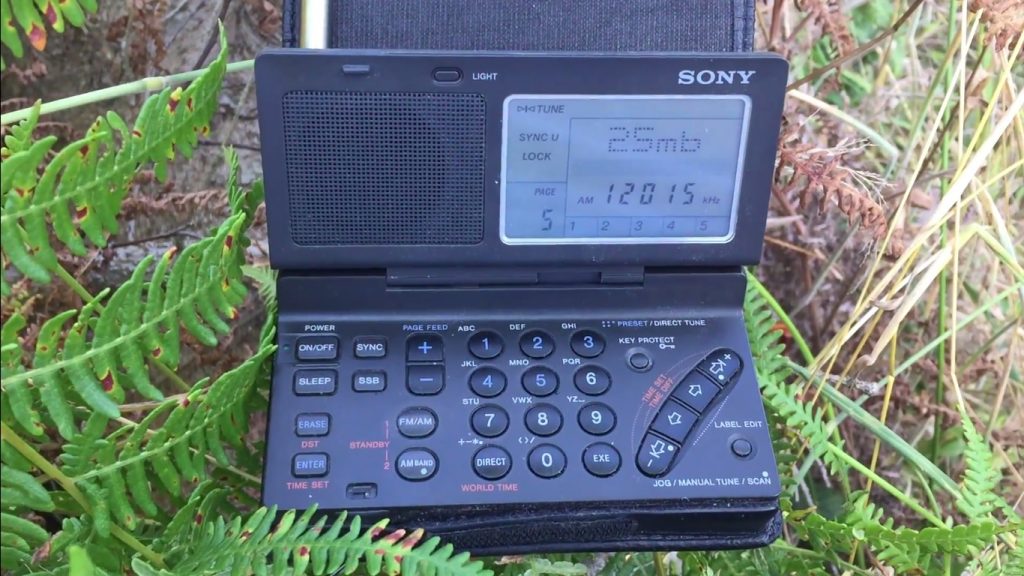
 Hi there, I thought I would share some Brazilian shortwave catches with you, obtained using my Sony ICF-2001D receiver and 200 metre experimental longwire. The first is Radio Bandeirantes, Sao Paolo on 9645.4 kHz. This is a station that I’ve only heard once or twice previously, but was received with excellent signal clarity and strength recently, using my deployable longwire antenna. I would rate this station as moderately difficult to receive with reasonable discernibility. The second is Radio Novo Tempo from Campo Grande, on 4894.9 kHz. This station I would rate as difficult to hear with discernible audio. The key is always signal-to-noise, thus moving yourself out of the ubiquitous blanket of QRM most modern environments endure will usually achieve this and of course coupled with sufficient space outdoors to erect a larger antenna will hopefully also improve signal strength. My final video on this post is Radio Nacional Brazilia on 6180 kHz. I would regard this station as quite easy to hear well; their effective TX power towards Europe is around 2 MW, however, outdoors, this station can literally boom in, with what might be perceived as local-AM signal strength. I hope you enjoy watching the videos and seeing/ hearing what’s possible with a modest set-up. As for the Sony ICF-2001D? Well the design is more than 30 years old, but in my opinion at least, still one of the very best portable shortwave receivers ever manufactured. Thanks and 73.
Hi there, I thought I would share some Brazilian shortwave catches with you, obtained using my Sony ICF-2001D receiver and 200 metre experimental longwire. The first is Radio Bandeirantes, Sao Paolo on 9645.4 kHz. This is a station that I’ve only heard once or twice previously, but was received with excellent signal clarity and strength recently, using my deployable longwire antenna. I would rate this station as moderately difficult to receive with reasonable discernibility. The second is Radio Novo Tempo from Campo Grande, on 4894.9 kHz. This station I would rate as difficult to hear with discernible audio. The key is always signal-to-noise, thus moving yourself out of the ubiquitous blanket of QRM most modern environments endure will usually achieve this and of course coupled with sufficient space outdoors to erect a larger antenna will hopefully also improve signal strength. My final video on this post is Radio Nacional Brazilia on 6180 kHz. I would regard this station as quite easy to hear well; their effective TX power towards Europe is around 2 MW, however, outdoors, this station can literally boom in, with what might be perceived as local-AM signal strength. I hope you enjoy watching the videos and seeing/ hearing what’s possible with a modest set-up. As for the Sony ICF-2001D? Well the design is more than 30 years old, but in my opinion at least, still one of the very best portable shortwave receivers ever manufactured. Thanks and 73.
